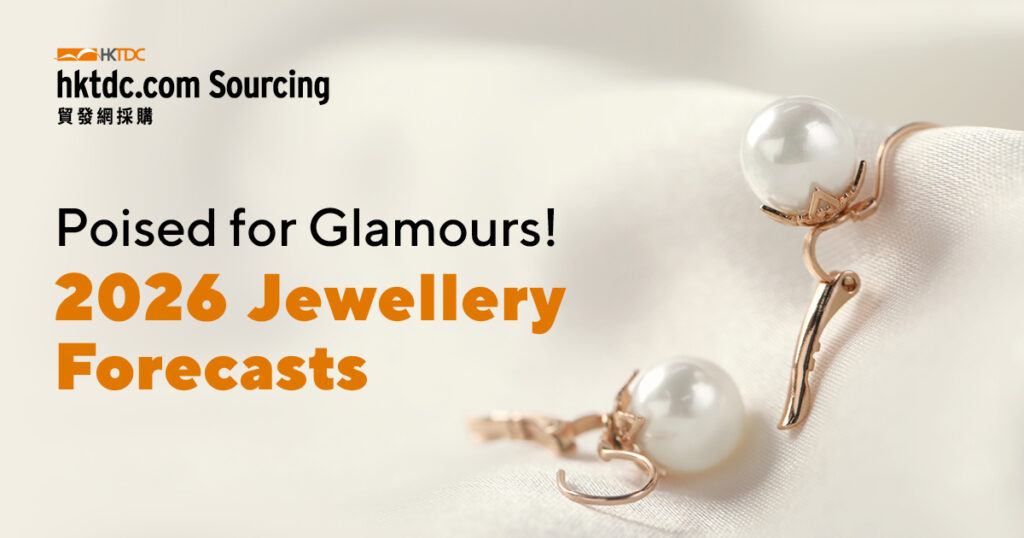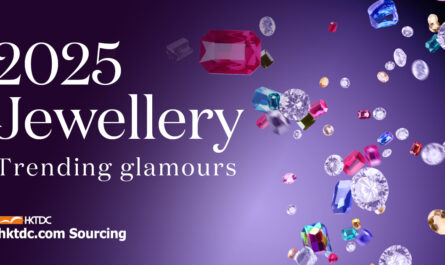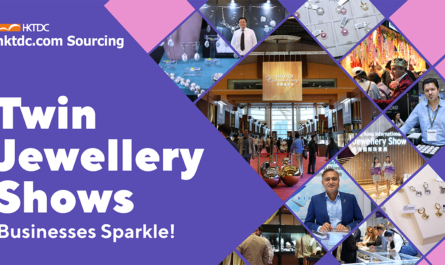The global jewellery market is expanding rapidly, influenced by changing consumer perceptions, increasing purchasing power, and the popularity of branded and luxury jewellery. Buyers are looking for both high-end investment pieces and accessible, expressive jewellery for everyday wear.
As we approach 2026, the jewellery industry is undergoing a bold transformation, with trends reflecting advances in technology, sustainability, and personal expression. This year, the revenue in the jewellery market worldwide is projected to reach a staggering US$373.87 billion, representing a significant avenue for global traders. (Statista, 2025)
Here’s what global buyers and suppliers need to know to stay ahead.
1. Bold Color Palettes and Unconventional Gems
There’s a tendency towards Colored Diamonds and Gemstones: Traditional white diamonds are being joined by champagne, dusty pink, grey, and golden-hued diamonds, reflecting a desire for unique pieces that feel meaningful, versatile and carry warmth and character, as observed by SpringLee Jewels.
Vivid and playful gemstones in unexpected color pairings, organic forms, and mood-enhancing pastel shades are also unveiled in the latest collections at global jewellery fairs.
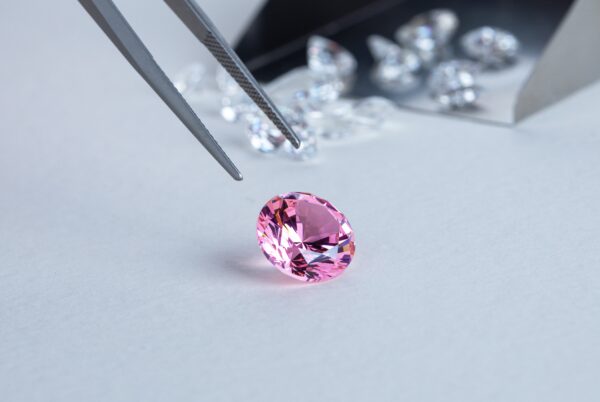
2. Pearls Reimagined
Modern, Organic Pearls are becoming mainstream: Pearls go from classic strands to bold, irregular shapes, and are often paired with other gems, metals, or unconventional materials for an updated, artistic look. This trend appeals equally to men and women according to BriteCo.
3. Heritage, Nature & Personal Stories
Classic jewellery is now reimagined with traditional motifs, such as pearls or heritage symbols, reinvented with modern twists, bridging generational style. Examples include Nature-Inspired and Personalized Jewellery: Earthy textures, calming, meditative forms, and a focus on customization—birthstones, engraving, bespoke settings and shapes from floral to marine themes—cater to buyers seeking meaningful, personal adornments.
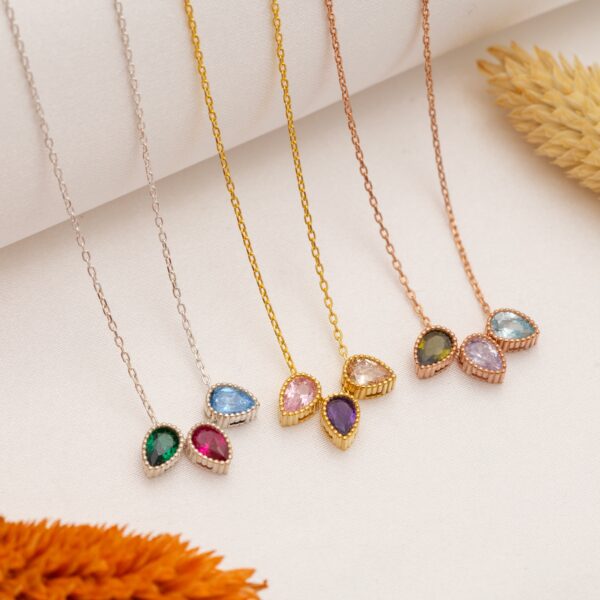
4. Sustainability & Ethical Sourcing
With Lab-Grown and Synthetic Gems gaining popularity in recent years, lab-created diamonds, rubies, emeralds, and sapphires gain mainstream prominence for their ethical sourcing, reduced ecological impact, and affordability, meeting the demands of climate-conscious consumers.
Read More:
In Love with Sparkles: 2025 Jewellery Trends
Suppliers and manufacturers are expected to offer traceable, recycled materials and adhere to international standards for fair labor and eco-packaging to build global trust.
Explore the Global Jewellery Market & Buyer Dynamics
Jewellery in 2026 is driven by the desire for personal expression, responsible sourcing, and technical innovation. Buyers and suppliers must adapt to the demand for ethical, customizable, and tech-forward pieces while embracing playful color palettes and experimental forms. Those who invest in creativity, transparency, and sustainability will set the pace for the global industry.
Be part of the jewellery game by visiting the Hong Kong International Jewellery Show from 4 to 8 March 2026 and let your unique pieces stand out!
Click the following banner to grab your entry pass to the world of treasures:
Look for equally attractive jewellery pieces on our e-Marketplace too:
Jewellery Shows FAQ
What jewellery styles will be popular in 2026?
Pearls will remain trendy but in more organic, misshapen forms paired with various gemstones and metals. Chunky gold chains, bold earrings, and stacked bracelets are popular, alongside nature-inspired motifs like leaves and marine themes.
Are lab-grown gemstones still a major trend for 2026?
Yes, lab-grown diamonds and colored gemstones increase in popularity due to their ethical sourcing, lower environmental impact, and affordability, aligning with climate-conscious consumer demand.
What are the key buying behaviors in the global jewellery market?
Branded jewellery dominates sales, with consumers valuing recognized names for self-expression. Fast fashion jewellery grows due to quick trend adoption.



